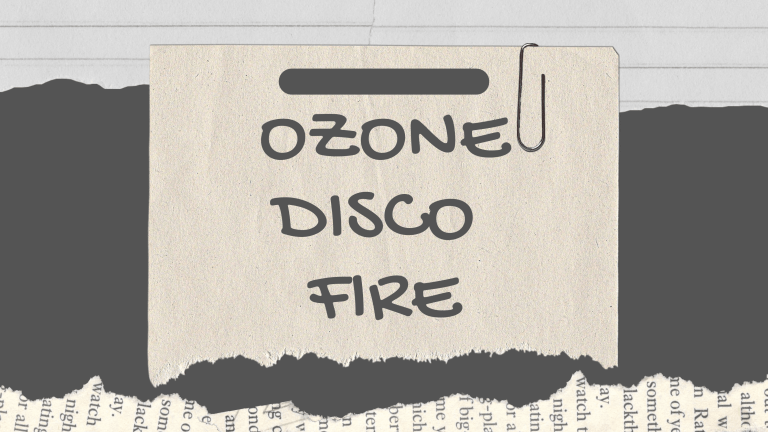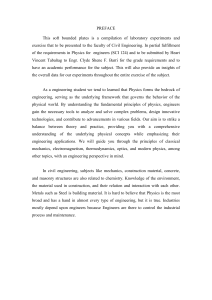
OZONE DISCO FIRE The Ozone Disco fire, a horrific tragedy that occurred in Quezon City, Philippines on March 18, 1996, claimed the lives of at least 160 people. The overcrowded disco, meant for only 35 patrons, contained over 350 individuals celebrating school graduations. A spark ignited near the DJ booth, quickly engulfing the establishment in flames. Tragically, a single, inward-swinging exit was blocked by a nearby building, and security guards mistakenly locked the door during the chaos. This disregard for fire safety regulations and overcrowding resulted in one of the worst nightclub fires in history, leaving a lasting scar on the Filipino community. Private respondents Hermilo Ocampo and Ramon Ng, members of the board of directors and stockholders of Westwood Entertainment Co. Inc. which managed the Ozone disco, were also found guilty of similar charges. In a decision penned by Associate Justice Ma. Theresa Dolores Gomez-Estoesta, the court said that the officials had been remiss in approving the building permit of the disco bar. Despite having faults in the design and defects in the electrical and safety systems, the authorities still issued two building permits and a certificate of occupancy to the disco Quezon City Administrator Aldrin Cuña said Macapugay, Sagana, and Itliong had already retired, Mamaid was on medical leave, Rivera was in the private sector, and Reyes had transferred to the Manila City Hall. CANON 1: Engineers shall hold paramount the safety, health and welfare of the public and shall strive to comply with the principles of sustainable development in the performance of their professional duties. The civil engineers involved seemingly failed to prioritize public safety by: Not ensuring proper fire exits and installing a single inward-swinging exit door. Not installing functional fire extinguishers. Constructing the building next door such that it blocked the emergency exit. CANON 2: Engineers shall perform services only in areas of their competence he engineers involved were qualified for the specific task or not. However, it raises concerns about their competence considering the apparent lack of proper fire safety measures implemented in the building's design and construction. Civil engineers approved two building permits and a certificate of occupancy despite having faults in the design and defects in the electrical and safety system without considering also the other field/authorities in having inspection such as the Bureau of Fire or licensed electricians. CANON 3: Engineers shall issue public statements only in an objective and truthful manner The overall details of constructing this building were also hidden from the public by the engineers involved although the engineers knew about the faults in the design and its effects on electrical and fire systems they were still authorized to run this building and give building permits. CANON 3: Engineers shall act in such a manner as to uphold and enhance the honor, integrity, and dignity of the engineering profession The engineers involved likely acted unethically and irresponsibly by disregarding essential safety measures, potentially tarnishing the reputation of the civil engineering profession. The engineers that are involved in this case show the possible act of engaging in business or professional practices of fraudulent, dishonest, bribery, and corruption. TAKE NOTE It's important to remember that this analysis is based solely on the provided information and doesn't necessarily determine the guilt or innocence of any individual involved. A proper investigation and legal proceedings are crucial to establish the complete picture and determine any potential violations of the code of ethics. Thank You
![Question 1 [ ] 1- What is the main goal for software engineering](http://s2.studylib.net/store/data/010210498_1-4a6ecbb9be365dadeadd769b25d4af75-300x300.png)



